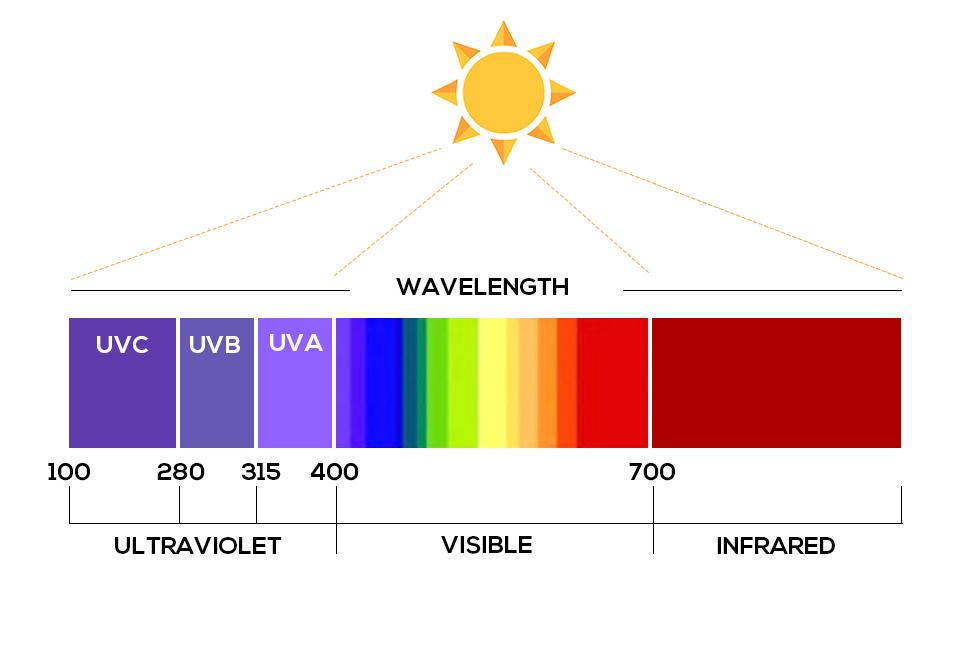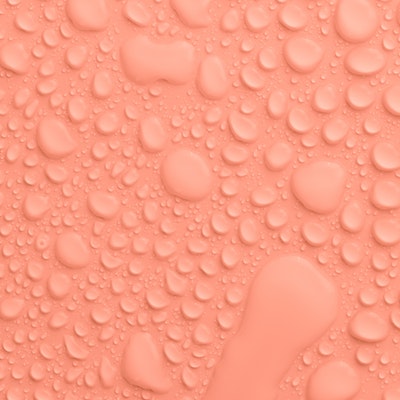What Is Red Light Therapy?
Red light therapy is a form of low-level laser light therapy. Sometimes, it is also referred to as photobiomodulation. That’s a long word which explains what red light therapy does: it is a light that is used to change or modulate your biological processes.Red light therapy is a proven dermatological treatment used to rejuvenate the skin and speed up skin healing. Red light therapy involves using a device with red LED lights. The device is held near the surface of the skin for a few minutes.
What Does Red Light Therapy Treat?
Red light therapy works in 3 primary ways:
- To Reduce Inflammation
- To Promote Healing
- To Rejuvenate The Skin & Hair
The inflammatory conditions that red light therapy treats include eczema, acne, chronic pain, and arthritis.Red light therapy promotes healing by increasing the energy in your cells and by increasing blood flow.Red light therapy speeds up wound healing, repairs muscle and skin damage, and reduces the appearance of scars.Red light therapy boosts rejuvenation in skin and hair. Because of this, it is a popular treatment for wrinkles, fine lines, and hair loss.
How Does Red Light Therapy Work?
Red light therapy works by promoting collagen production and skin healing. Red light of a certain wavelength can reach your cells. Your cells respond to the red light by speeding up repair functions.
Inside each of your cells, you have small organelles called mitochondria. You may remember these from high school biology class as “the powerhouse of the cell.”
When you expose your skin to red light, the mitochondria in your cells absorb that light and use it to create more energy. That extra energy helps your skin heal more quickly.When your skin registers the extra light from red light therapy, it begins to create more collagen and elastin. Collagen and elastin are proteins that make your skin bouncy and firm. As people age, they produce less collagen and elastin naturally. Many anti-aging treatments aim to increase collagen production because this helps the skin regain its youthful texture.
What Are The Risks of Red Light Therapy?
There are very few potential side effects of red light therapy. Red light therapy is not a laser, like Fraxel or IPL. It is simply a treatment involving natural light at low wavelengths. Red light therapy is non-invasive and does not expose your skin to UV rays like a tanning bed.
Unlike UV rays, red light does not cause long-term damage or increase the risk of cancer. The highest risk of red light therapy is damage to the eyes if eye protection is not worn when treating the face.
Most red light therapy devices are only intended to be used for a few minutes at a time. While these devices tend to be temperature controlled, if the devices are used for very long periods of time there is a low risk of burning the skin.

Regions of the Electromagnetic Spectrum
| Wavelength(m) | Frequency(Hz) | Energy(J) | |
|---|---|---|---|
| Radio | > 1 x 10-1 | < 3 x 109 | < 2 x 10-24 |
| Microwave | 1 x 10-3 - 1 x 10-1 | 3 x 109- 3 x 1011 | 2 x 10-24- 2 x 10-22 |
| Infrared | 7 x 10-7 - 1 x 10-3 | 3 x 1011 - 4 x 1014 | 2 x 10-22 - 3 x 10-19 |
| Optical | 4 x 10-7 - 7 x 10-7 | 4 x 1014 - 7.5 x 1014 | 3 x 10-19 - 5 x 10-19-19 |
| UV | 1 x 10-8 - 4 x 10-7 | 7.5 x 1014 - 3 x 1016 | 5 x 10-19 - 2 x 10-17 |
| X-ray | 1 x 10-11 - 1 x 10-8 | 3 x 1016 - 3 x 1019 | 2 x 10-17 - 2 x 10-14 |
| Gamma-ray | < 1 x 10-11 | > 3 x 1019 | > 2 x 10-14 |
How Often Should I Do Red light Therapy?
Most red light therapy treatment courses involve 10-minute therapy sessions for each area you are treating. The most common frequency is 3 to 5 sessions per week for 6 to 12 weeks. If you are doing red light therapy in a dermatologist’s office, you may only be able to schedule 1 to 2 sessions per week. At-home therapy can be done more often.
When Will I See Results from Red Light Therapy?
For most people, visible results from red light therapy take at least 2 weeks or 6 ttotal sessions. Depending on the condition you are treating, you may not see results for months. Think of red light therapy like a gym workout- it takes more than one session before you notice a difference.
What Is the Difference Between At-Home & In-Office red Light Therapy?
The only major difference between at-home and in-office red light therapy is the strength of the beam and the size. Just like other dermatology procedures, medical professionals can use a higher-strength form of treatment safely. However, you may see similar or greater results at home because you can use your therapy device more frequently.
Is Red Light Therapy FDA Approved?
Red light therapy devices have received FDA approval for wound healing and for chronic joint pain. Other applications of red light therapy have strong clinical and scientific evidence but are still being researched for FDA approval.
Is At-Home Red Light Therapy Safe?
Yes, at-home red light therapy is safe. The risks at home are not different than the risks of red light therapy at a dermatologist’s office. Side effects are rare and mild. As long as you are following the instructions of your device properly, your injury risk will be very low.
Getting Started With Red Light Therapy
To save money and increase treatment frequency, look for at-home devices. Make sure you read reviews to ensure that you choose a safe and effective device. Follow the safety instructions carefully and wear your eye protection. Enjoy the healing journey of red light therapy.
Sources and References:
[1]. https://www.ncbi.nlm.nih.gov/pmc/articles/PMC4126803/
[2]. https://www.medicalnewstoday.com/articles/325884#skin-health
[3]. https://www.ncbi.nlm.nih.gov/pmc/articles/PMC5523874/
[4]. https://link.springer.com/article/10.1007/s10439-011-0454-7


